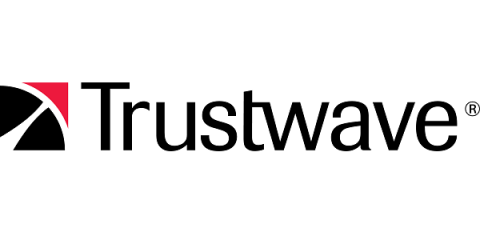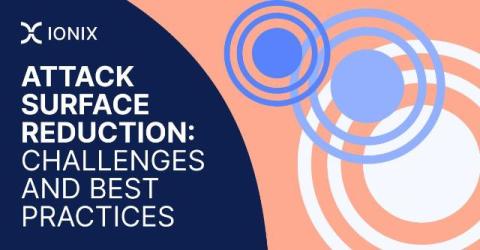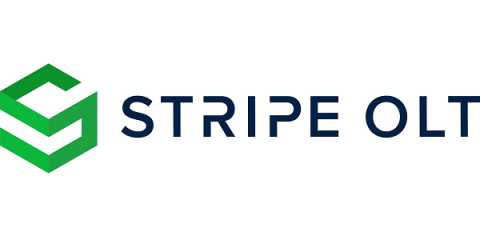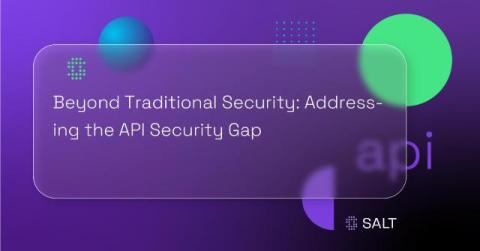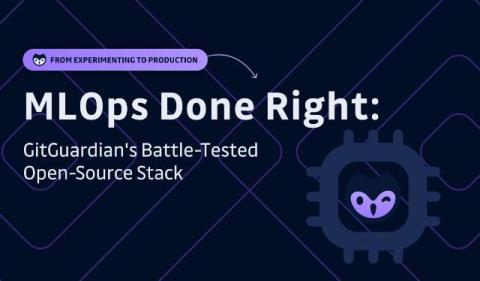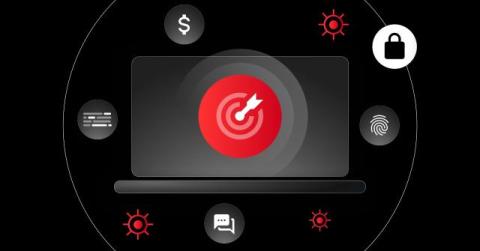Why a Zero Trust Architecture Must Include Database Security
Whether the means of a cyber-attack are phishing, ransomware, advanced persistent threat, malware, or some combination, the target is ultimately the same: your data. So, as companies seek to implement a zero-trust approach to security, they would do well to include database protection. Interest in Zero Trust is certainly high, with nearly two-thirds (63%) of organizations worldwide having implemented a zero-trust strategy, according to a recent Gartner survey. But it is hardly all-encompassing.


